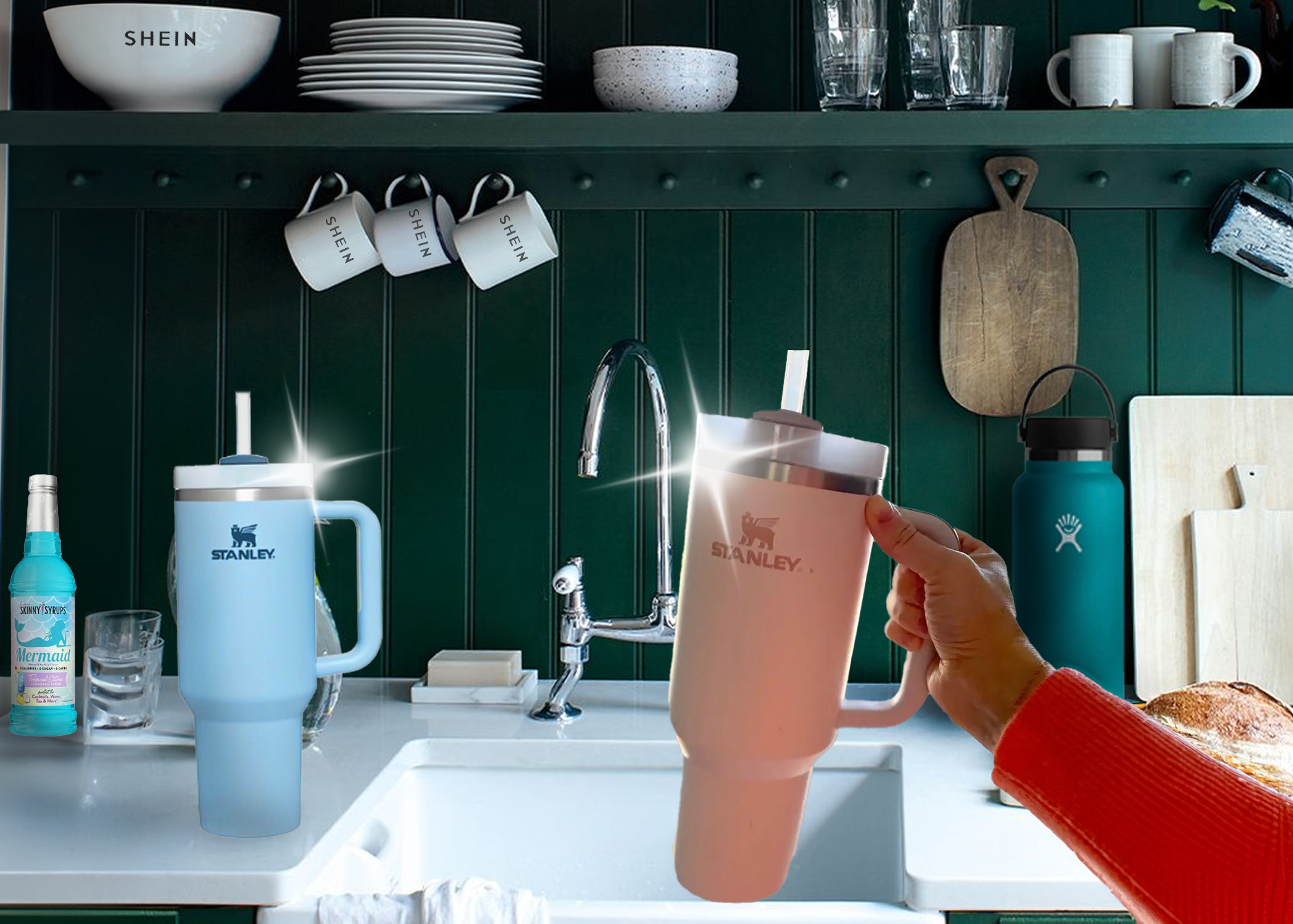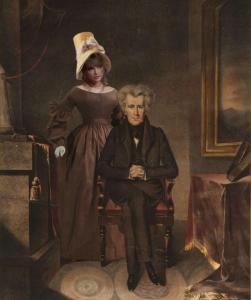
The rise of short-form content has shortened more than just our attention span; it’s shortened our trend cycles too.
The COVID-19 pandemic didn’t help any. Many turned to TikTok and online shopping as refuge from the chaos of the real world. This brought trends, fast fashion, VSCO girls and e-boys to the forefront of our minds.
While the VSCO girl aesthetic seems like ancient history now, we are seeing a similar trend emerge relatively quickly.
Besides scrunchies, one important facet of the VSCO girl style was the Hydro Flask water bottle. In late 2023, we saw the rise of Stanley cups as they began trending on TikTok. However, instead of one big, beat-up Hydro Flask, in some cases we see people with cabinets full of Stanleys filled with the water of the day.
As a brand, Stanley initially marketed to the outdoorsy and other niche consumers who needed a big water bottle that would keep cool no matter the conditions. With a switch in demographic, Stanley found themselves with a new conundrum.
The 30- and 40-ounce cups quickly began to sell out and the company started to produce more, even making limited edition collaborations like their most recent one with Starbucks.
TikTok put plenty of money into the brand’s pockets, and yet we have seen a stark decrease in quality in the once reliable Stanley. Users have reported blatant manufacturing errors, like the cup falling off the handle, which hadn’t occurred before their spike in popularity.
As fast as consumers idolized Hydro Flasks, they ended up on sale and in the back of our minds. When will Stanley end up in this position and how long will it take?
A very common theme with many modern products, including Stanley, is their poor build quality, but this is very common in textile industries.
The rise of inexpensive clothing isn’t inherently bad, but hear me out. Just because you don’t make a comfortable living doesn’t mean you shouldn’t have cute clothes. These are the households that should be shopping primarily from Shein, Temu, H&M and Forever 21.
Using sexist slave labor to fund $500 Shein hauls is where it all went downhill.
Throughout human history, our goods were crafted, not mass produced. Handmade prairie dresses, custom built grandfather clocks, homegrown produce and whatever else we needed was made by someone else as their trade–not in a sweatshop.
Content creators are caught in a never ending cycle of cleaning out their closets every season and then showing off their enormous shopping hauls. This creates an example of the “norm” that transcends the online space and seeps into our real lives.
Attempts to combat these examples of rampant collecting and consuming include minimalists, like the beloved Marie Kondo, who has come up with simple ways to decide what you really want and how to organize it. But even Kondo sells useless things on her website – bread lamp, anyone?
So, here we stand as consumers, caught between plastic materials manufactured by cheap labor and shilling out our dollars for quality in an ever-demanding economy.
Beyond the negative effects of consumerism on our wallets, it impacts the world around us. The waste created from the fashion industry is honestly unbelievable, and yet there it goes, coming up with and spitting out the newest thing in a matter of weeks.
You don’t need the newest, trendiest things. Try to appreciate what you do have, because that crop top in your online shopping cart will be here longer than either of us.




